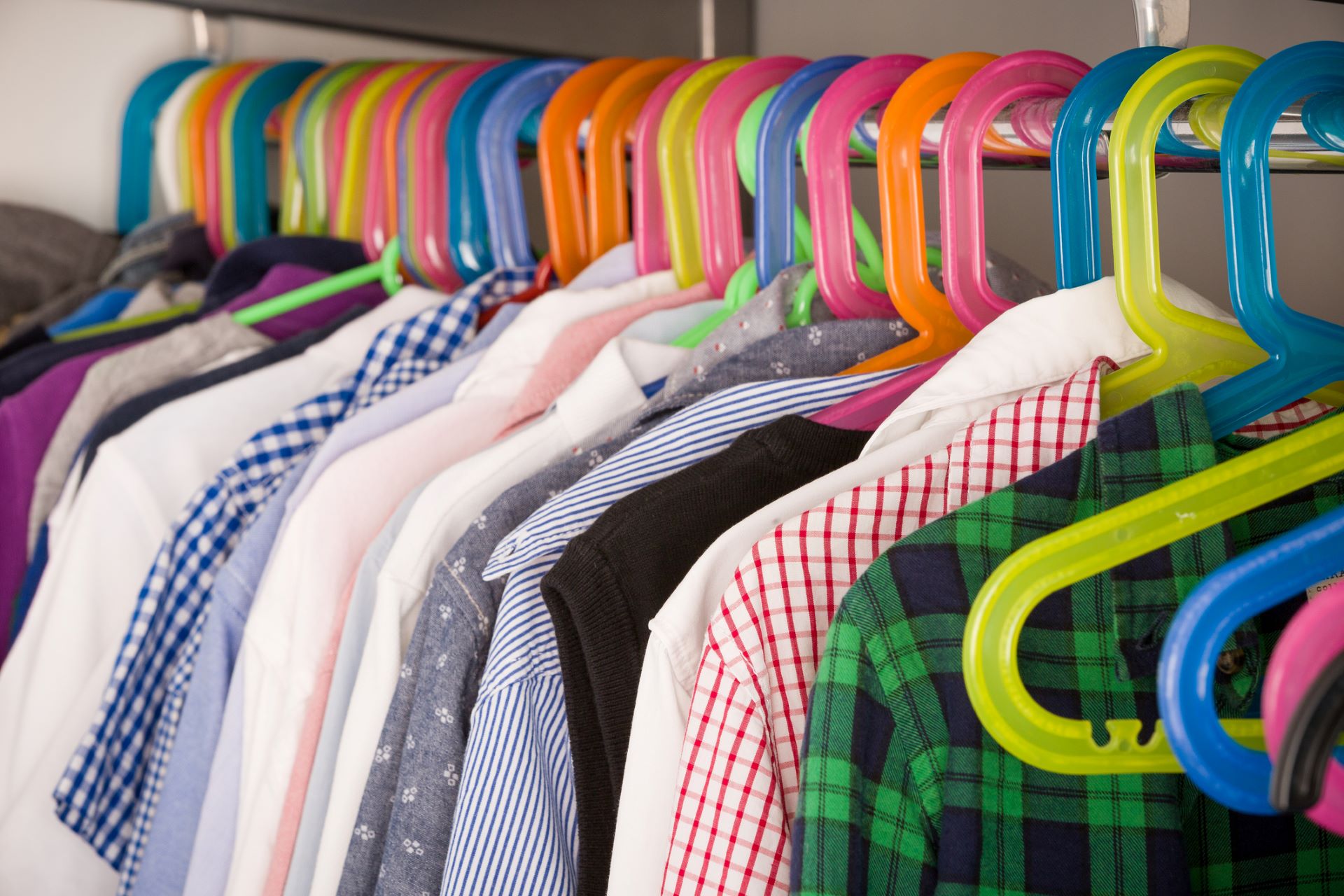When your kid’s umbrella is packing more chemicals than a science lab, it might be time to click “remove from cart.”
What’s happening?
As fast fashion retailers like Temu and AliExpress explode in global popularity, governments are stepping in to address safety concerns surrounding cheap, mass-produced children’s products.
According to The Peninsula, officials in Seoul recently tested 35 children’s products sold on Temu and AliExpress, including rain boots, raincoats, and umbrellas. The results showed 11 of the items failed to meet South Korea’s safety standards, with some found to contain hazardous substances at dangerously high levels.
One umbrella contained plasticizers (phthalates) 443 times the allowable amount, while two items had lead levels nearly 28 times the safe limit.
Phthalates are known to disrupt hormone function, and excessive lead exposure can increase cancer risk and impair reproductive health. In response, Seoul has asked both companies to pull the non-compliant items from their online marketplaces.
Why are fast fashion retailers concerning?
As consumers turn to online fast fashion retailers for low-cost children’s goods, safety risks are mounting.
According to Seoul authorities, “prolonged exposure to harmful substances can affect children’s growth and health.” And this isn’t the first time these platforms have come under fire.
Last year, tests on women’s accessories from Temu, AliExpress, and Shein found toxic chemicals present in concentrations hundreds of times above the legal limits, as Le Monde detailed.
But the problem doesn’t stop at chemical exposure. Fast fashion produces massive amounts of textile waste. These items are often made cheaply and quickly, designed to fall apart rather than last, and ultimately end up in landfills or pollute natural spaces around the globe.
What’s being done about fast fashion?
Seoul’s inspection is part of a growing wave of scrutiny targeting online retailers.
The European Union has already moved to subject Shein to stricter product safety standards. Meanwhile, consumers can protect themselves and the planet by embracing solutions that reduce waste and exposure to potentially toxic materials.
The simplest place to start? Rethinking how we shop. Buying fewer, higher-quality items and embracing secondhand fashion through thrift stores or resale platforms can dramatically cut costs and keep wearable clothes out of landfills. Thrifting isn’t just good for the environment; it’s often cheaper and can help shoppers find unique, long-lasting items.
While the road to safer, more sustainable fashion isn’t quick or easy, growing awareness and regulatory pressure are helping push the industry in a better direction.
Join our free newsletter for good news and useful tips, and don’t miss this cool list of easy ways to help yourself while helping the planet.


